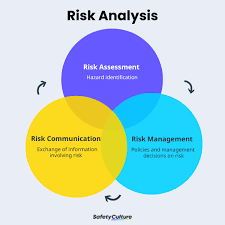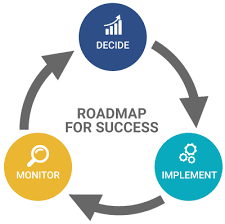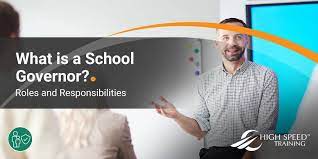Introduction:
Organising a school event is an exciting, yet challenging task that requires careful planning, teamwork, and attention to detail. With this guide, you’ll learn how to create a memorable event that leaves a lasting impression on students, staff, and the community.
Step 1: Establish the Purpose and Goals
Before you start planning your event, determine its purpose and goals. Is it a fundraiser, an educational activity, or a social gathering? Having clear objectives will help guide your decisions throughout the planning process.
Step 2: Select Your Event Planning Team
Assemble a group of dedicated individuals to help plan and execute the event. This team should include school staff, students, volunteers, and potentially members of the local community. Each member should have a specific role or responsibility to ensure tasks are completed in an organized manner.
Step 3: Choose Your Event Type
There are several types of school events to choose from—bake sales, talent shows, carnivals or fairs, cultural events, or academic competitions. Select one that aligns with your purpose and goals, will engage your audience’s interests.
Step 4: Set a Date and Time
Choose an appropriate date and time for your event. Consider the availability of your target audience (parents with young children might prefer weekend events) and potential conflicts with other school activities.
Step 5: Create Your Budget
Outline the costs associated with organizing the event. This includes venue rental (if necessary), marketing materials, food & beverages, entertainment expenses, and miscellaneous expenses such as decorations or prizes. Consider sources of funding such as sponsorships or ticket sales to offset these costs.
Step 6: Secure Your Event Location
Once you’ve determined the type of event you want to host, select an appropriate venue. Consider location accessibility for attendees (easy parking & public transport access), functionality for your chosen event (size, indoor/outdoor), and any potential costs associated with renting the space.
Step 7: Arrange Entertainment and Activities
Engage your attendees by offering a variety of entertainment options or activities. Some ideas include hiring local performers, providing games or contests, arranging workshops, or inviting guest speakers relevant to your event theme.
Step 8: Promote Your Event
Create a marketing plan to spread the word about your event. Use various communication channels such as social media, flyers, posters, school newsletters, and community noticeboards. Additionally, enlist teachers and students’ help in promoting the event within their networks.
Step 9: Plan for Safety and Emergencies
Develop an emergency plan that addresses potential safety concerns that may arise during your event. This could involve assigning volunteers to monitor entrances and exits, hiring security personnel if necessary, or addressing first aid needs.
Step 10: Coordinate Logistics
Finalize all logistical details leading up to the day of the event. Establish a timeline that outlines when each task must be accomplished and assign responsible parties for each task.
Conclusion:
By following these steps and staying organized throughout the planning process, you will be well on your way to executing a successful school event that brings people together for a fun and engaging experience. Remember to always prioritize safety, inclusivity, and enjoyment for the best possible outcome.











